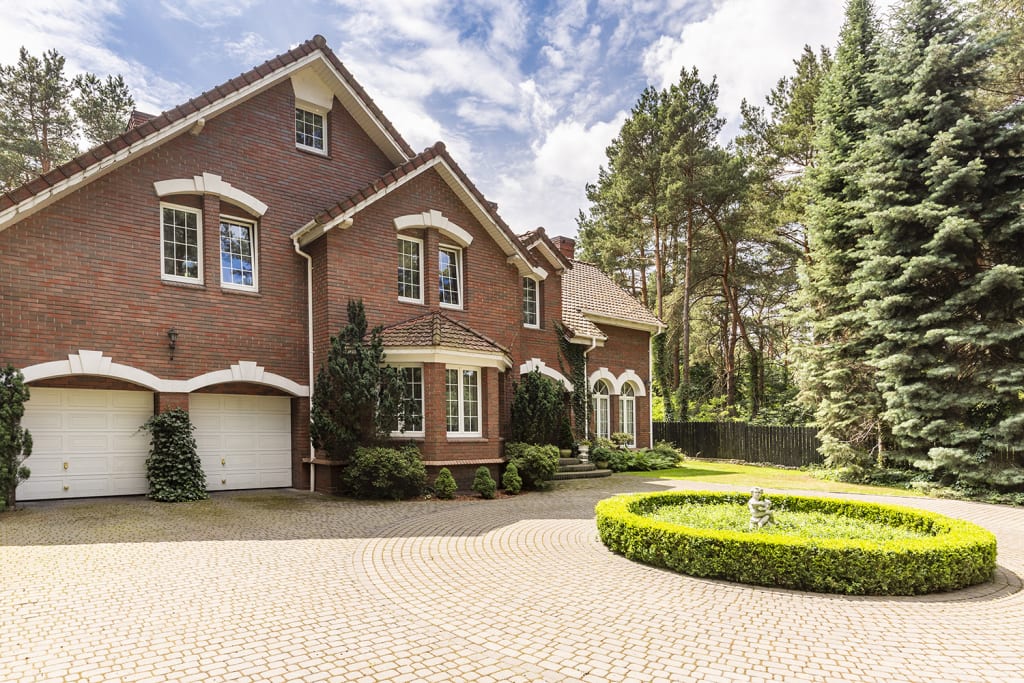What are building services in the UK?
Building services refer to the systems and components installed in buildings

In the context of the construction industry, building services refer to the systems and components installed in buildings to provide essential functions such as heating, ventilation, air conditioning (HVAC), electrical supply, plumbing, fire protection, and other mechanical and electrical systems. These services are crucial for the comfort, safety, and functionality of buildings.
Here are some key building services commonly found in the UK:
Heating, Ventilation, and Air Conditioning (HVAC): HVAC systems control the indoor temperature, humidity, and air quality. They include heating systems (e.g., boilers, radiators), ventilation systems (e.g., ductwork, fans), and air conditioning systems (e.g., air conditioners, heat pumps).
Electrical Systems: This includes the electrical supply, lighting systems, power distribution, and wiring within the building. It covers everything from the main electrical panel to outlets, switches, and lighting fixtures.
Plumbing and Sanitary Systems: Plumbing services involve the supply and distribution of water throughout the building, including pipes, fittings, and fixtures such as sinks, toilets, showers, and drainage systems.
Fire Protection Systems: These systems are designed to detect and suppress fires, including fire alarms, sprinkler systems, fire extinguishers, and emergency lighting.
Security and Access Control Systems: Building security systems include surveillance cameras, access control systems, intruder alarms, and security monitoring to ensure the safety and protection of the building and its occupants.
Lifts and Escalators: In larger buildings, lifts (elevators) and escalators are installed to provide vertical transportation between different floors.
Communication and Data Systems: This includes telecommunications infrastructure, data cabling, networking, and other systems that support communication and information technology within the building.
Building services are typically designed, installed, and maintained by specialized professionals such as mechanical and electrical engineers, plumbers, electricians, and technicians. They play a crucial role in ensuring the functionality, efficiency, and safety of buildings, and their services are essential throughout the life cycle of a building, from design and construction to ongoing maintenance and repair.
Are building services different between the UK and the US?
Yes, building services can differ between the UK and the US due to variations in building regulations, standards, practices, and regional preferences. While there may be some similarities, there are notable differences in terminology, codes, and specific systems. Here are a few key points to consider:
Terminology: The terminology used in the UK and the US can differ. For example, in the UK, the term "building services" typically refers to the mechanical and electrical systems within a building, including heating, ventilation, air conditioning (HVAC), plumbing, and electrical systems. In the US, these systems are commonly referred to as "MEP" (Mechanical, Electrical, and Plumbing) systems.
Building Regulations and Codes: Building regulations and codes vary between the UK and the US. Each country has its own set of regulations and codes that govern the design, construction, and maintenance of buildings. These regulations cover areas such as fire safety, energy efficiency, accessibility, and structural requirements. Compliance with the specific regulations and codes is essential in both countries.
Standards and Practices: The standards and practices followed in the UK and the US can differ. This includes materials used, installation methods, and design considerations for building systems. Local practices, climate conditions, and available resources can influence these differences.
Electrical Systems: Electrical systems in the UK and the US may have variations in voltage, electrical outlets, and wiring standards. The UK typically uses a 230-volt electrical system, while the US uses a 120/240-volt system. This affects the design, installation, and compatibility of electrical equipment and appliances.
Measurement Units: The UK uses the metric system for measurements, while the US primarily uses the imperial system. This distinction applies to dimensions, distances, pipe sizes, and other measurements in building services.
It's important to consult local regulations, standards, and professionals when undertaking building projects in either country to ensure compliance and optimal performance of building services. Building professionals, such as architects, engineers, and contractors, will have specific knowledge of the local requirements and can guide you accordingly.
About the Creator
Peter Priskin
We provide a full range of building services in Haslemere and across Surrey, SW London, Hampshire and Berkshire.





Comments
There are no comments for this story
Be the first to respond and start the conversation.